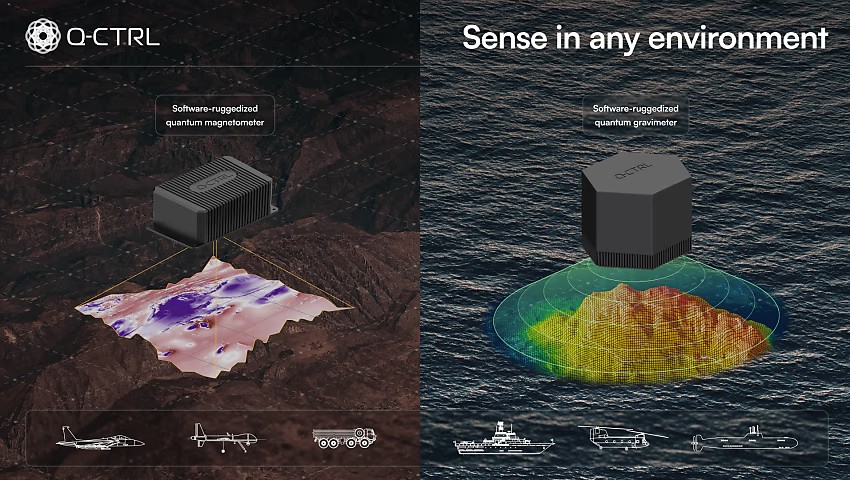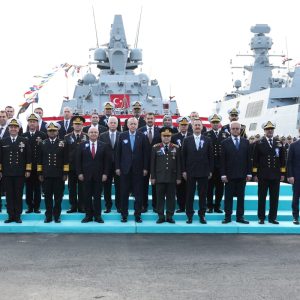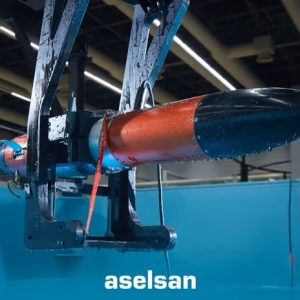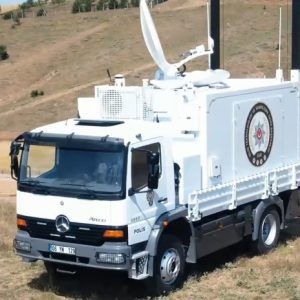DARPA’s DARPA Robust Quantum Sensors initiative (RoQS) has taken a decisive step into fieldable navigation, selecting Sydney‑based Q‑CTRL for two awards to deliver software‑ruggedised quantum sensors for GPS‑denied operations. The company says the awards—valued at A$38 million (≈US$24.4 million)—will harden quantum inertial sensing against vibration, shock and electromagnetic interference on airborne, maritime and ground platforms.[1][2][3]
Key Facts
- Program: DARPA Robust Quantum Sensors (RoQS) aims to make quantum sensors immune to real‑world platform noise, including heavy g‑forces and EMI.[2][4]
- Awards: Q‑CTRL reports A$38m (≈US$24.4m) across two RoQS contracts; Lockheed Martin participates as subcontractor on one line of effort.[1][3]
- Recent trials: Q‑CTRL’s Ironstone Opal reportedly outperformed a high‑end INS in flight by up to 111× accuracy without GPS; validated at sea aboard MV Sycamore.[1][5][6]
- DIU link: In March, Lockheed + Q‑CTRL won a DIU prototype for a quantum‑enabled INS—signalling a pipeline from experiment to ops.[7][8]
Why RoQS matters now
Modern operations rely on resilient positioning, navigation, and timing (PNT). Yet the war‑proven reality is different: GNSS can be denied, jammed or spoofed at scale. DARPA Robust Quantum Sensors targets that vulnerability, transforming laboratory-grade instruments into platform-ready navigation aids that keep crews and autonomy stacks on course when satellites go dark. RoQS explicitly focuses on stability under vibration, thermal drift and electromagnetic interference—the very conditions that cripple first‑generation quantum devices on moving vehicles.[2][4]
What Q‑CTRL brings to the table
Q‑CTRL’s value proposition sits at the software layer. The company applies AI‑driven control and noise‑suppression to improve the signal fidelity of cold‑atom and quantum‑enhanced inertial sensors. Rather than isolating instruments inside bulky shields, the approach “ruggedises” performance in situ—a key differentiator for deployed systems. In recent campaigns, Ironstone Opal delivered GPS‑like positioning while remaining passive and unjammable, claiming quantum advantage over conventional INS in both airborne and maritime trials.[5][6]
From fragile lab gear to field hardware
RoQS is structured to close the classic “valley of death” between experiment and integration. Q‑CTRL’s tasking includes air, sea, and land trials that stress sensors across g‑loading and vibration regimes that mirror combat aircraft, surface vessels and armored platforms. The DARPA Robust Quantum Sensors pathway thereby accelerates technology readiness while generating the platform data required for flight‑ and mission‑worthiness. [2][4]
What defence users should watch
Integration burden: The near‑term value of quantum sensors will hinge on SWaP‑C and ease of integration into existing navigation chains. Software‑centred ruggedisation lowers mechanical complexity, but avionics, power and thermal budgets still matter at the edge. Expect iterative packaging as teams shift from flight racks to podded or line‑replaceable units (LRUs).
Assured PNT architectures: The most promising concept is hybrid navigation—fusing quantum inertial sensors with terrain/gravity/magnetic map‑matching and classical IMUs. This builds layered resilience, delivering continuity when GNSS is absent and rapid reacquisition when it returns.[5][9]
Acquisition momentum: The DIU award to Lockheed + Q‑CTRL in March shows a parallel route to operational prototypes. Together with RoQS, it increases transition odds by aligning S&T with rapid prototyping and user‑driven evaluation.[7][8]
Strategic implications
For NATO and close partners, DARPA Robust Quantum Sensors aligns with a broader shift to assured PNT as a mission‑critical dependency. Air wings gain EMCON‑friendly navigation that resists jamming; surface forces get below‑deck solutions that survive shock and sea‑state; land manoeuvre units can dead‑reckon precisely through urban canyons and subterranean spaces. Beyond defence, the same toolchain feeds geophysical mapping of gravity and magnetic anomalies—useful for resource surveys and underground target detection.[1][5]
Internal link: acquisition reform context
For a complementary view on how the Pentagon is re‑wiring requirements and procurement to speed technology transition, see our analysis: Pentagon Ends JCIDS.
Bottom line
RoQS is not a science project; it is a campaign to operationalise quantum sensing. If Q‑CTRL and partners can repeatedly demonstrate software‑ruggedised performance in representative environments, the payoff is a practical, GPS‑independent navigation layer for high‑performance military vehicles. That is exactly what DARPA Robust Quantum Sensors set out to deliver—and why this award warrants attention beyond the quantum community.[1][2][4]
Program page: DARPA — Robust Quantum Sensors (RoQS)
References
- Defence Connect. “Q‑CTRL secures two contracts with DARPA Robust Quantum Sensors program.” Link.
- DARPA program page — Robust Quantum Sensors (RoQS). Link.
- Q‑CTRL press release (Aug 27, 2025): “DARPA selects Q‑CTRL to develop next‑generation quantum sensors for navigation.” Link.
- DARPA news/briefing on RoQS launch and goals. Link.
- Q‑CTRL product page — Ironstone Opal (quantum assured navigation). Link











